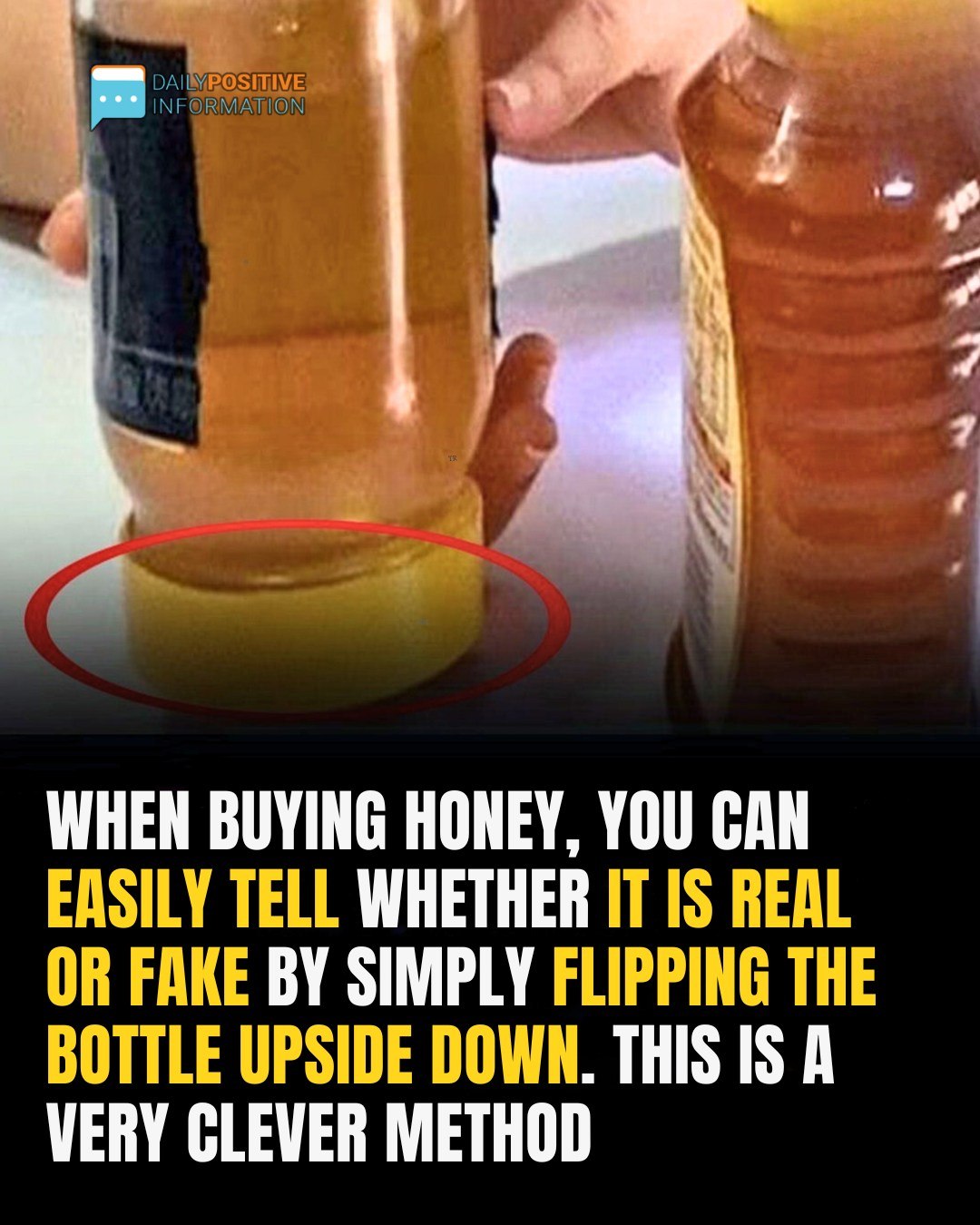Can You Spot Fake Honey at Home?
We turned to the internet to explore popular DIY honey authenticity tests. Here’s what we found — and whether you can trust them:
🧻 1. The Napkin Test
Claim: Real honey stays in place; fake honey spreads and creates a wet ring.
Reality: Sometimes reliable. It checks water content, but liquid honeys like acacia may spread even when genuine. Don’t rely on this test alone.
🔷 2. Hexagon Shape Test
Claim: Genuine honey forms hexagons when shaken under water.
Reality: False. There’s no scientific basis for this. Honey simply sinks and dissolves slowly, regardless of quality.
🐜 3. Ants Avoid Real Honey
Claim: Ants won’t touch pure honey.
Reality: Also false. Ants love sugar, and honey (real or fake) is full of it. Bees don’t produce any ant-repelling chemicals.
💧 4. Density and Dissolution
Claim: Real honey is thick, dissolves slowly in water, and has a slow-moving air bubble when flipped.
Reality: Sometimes true. These clues help indicate water content, but again, type of honey matters. Some are naturally more liquid.
The Final Verdict
Unfortunately, no home test can reliably confirm if your honey is 100% pure. This is why honey is one of the top three most adulterated foods, alongside milk and olive oil. Counterfeits are becoming more sophisticated — even looking and tasting like the real deal.
The only way to be sure? Laboratory testing.
Please SHARE this article with your Friends and Family to get an interesting conversation going!

